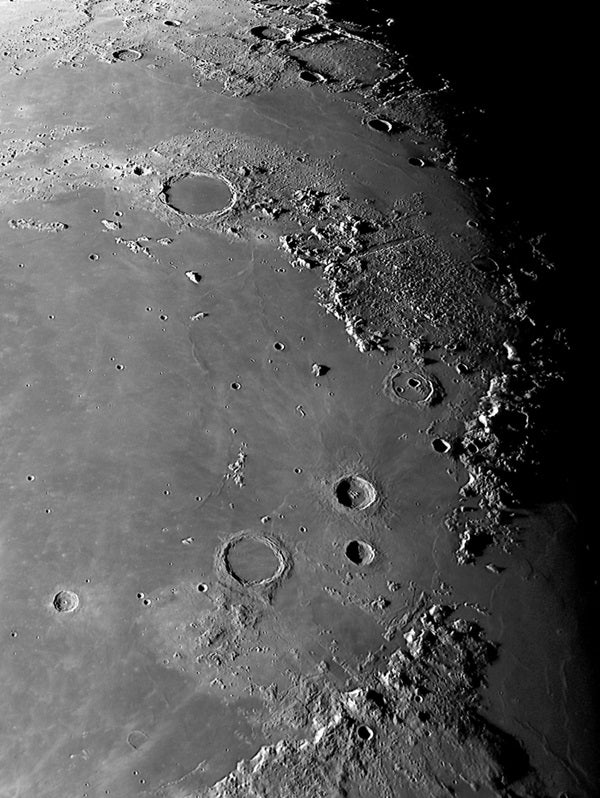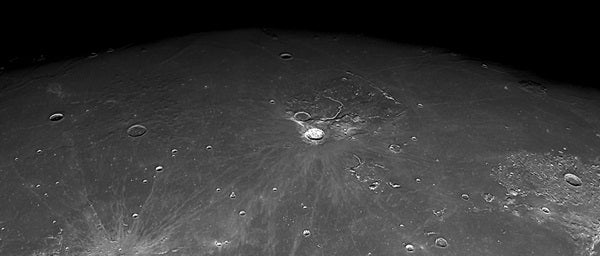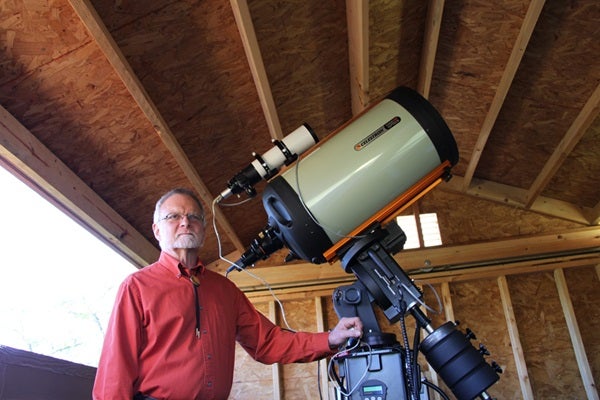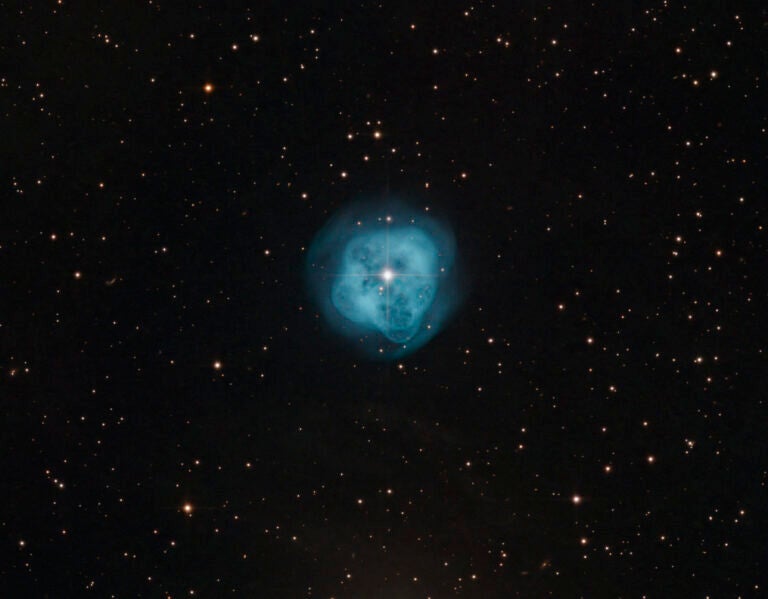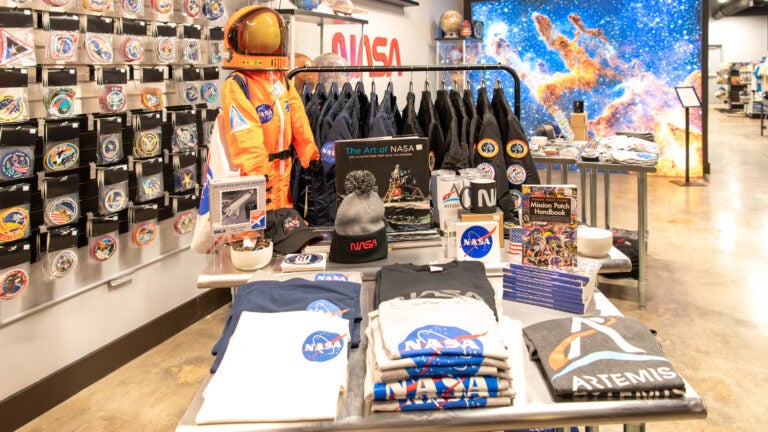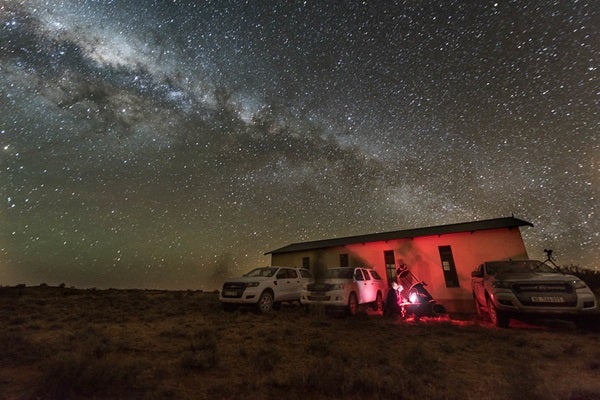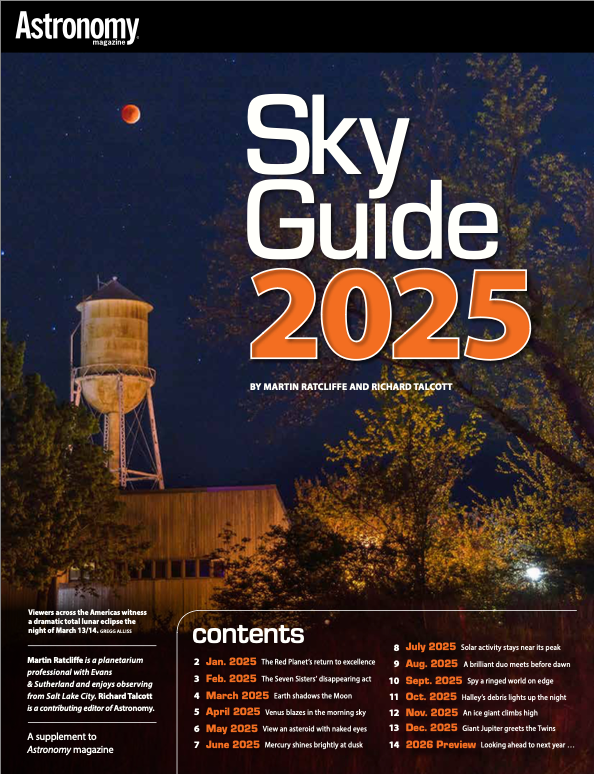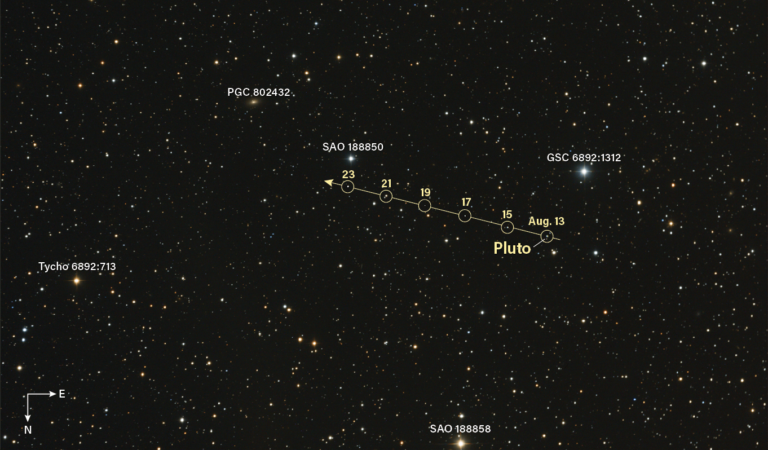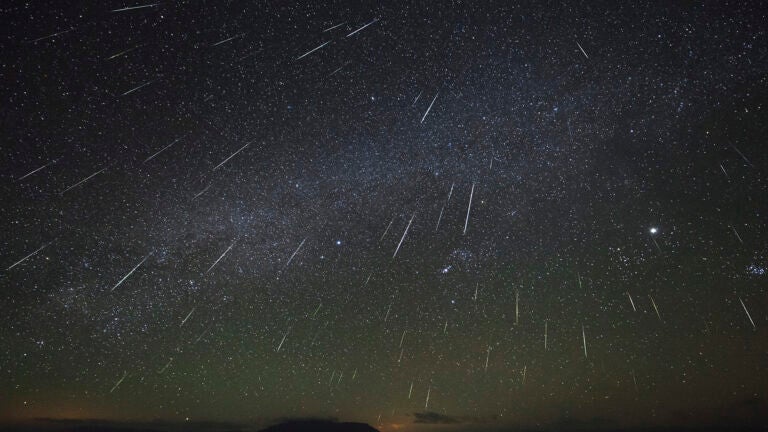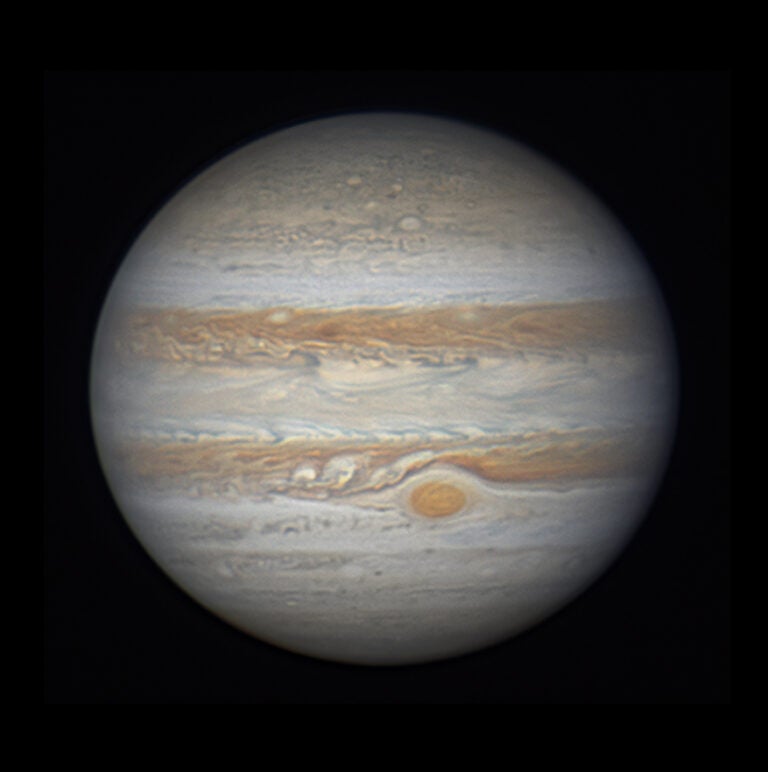by Robert Reeves
I was recently asked a question that caught me off guard: “Why, after doing it for more than half a century, do I still image the Moon?” The question caught me off guard primarily because I simply think, “This is what I do! It is my niche in astronomy.” But the more I thought about the question, the more intrigued I became by it. After all, taking close-up photos of the Moon is not something many people do, and over the years I seem to have become good at it. The more I thought about it, the more I knew there had to be some underlying reasons for my loony… er… lunar activity.
It is true that NASA’s spacecraft have imaged the Moon in orders of magnitude greater detail than I can achieve with my backyard telescope. From my earthly perspective, I can often achieve about a kilometer resolution on the Moon. NASA achieves under one-meter resolution with its Lunar Reconnaissance Orbiter. Science alone is obviously not the reason for my Moon passion, though the irony of it fascinates me. It is fun to think that if I were able to walk into the Astronomy Department at the University of Chicago in 1960 while carrying an armload of the lunar images that I take today, I would have owned lunar research until NASA spacecraft finally mapped the Moon in the late 1960’s. Yes, the truth is today’s amateur astronomer can take better lunar photos with a sub-$2,000 telescope imaging system, like my Celestron Skyris 236M on an 11″ EDGE HD optical tube, than the professional could with the largest telescopes in the world back during the heyday of the Apollo program.
But putting aside the dreaming of a fanciful past, there is still the question of why image the Moon today when NASA can show our natural satellite in 1,000 times greater detail? It took a few moments of reflection, but I was pleased with my conclusions.
I took my first lunar photo in 1959, before there was an organized program to explore that celestial body. By the early 1960’s our space program had taken root and the Moon was declared to be a national destination. Our astronauts were going to explore the Moon… soon! Space travel was no longer the realm of Buck Rogers and science fiction. For amateur astronomers like me, the Moon was now a big deal! And all astronomers are explorers at heart. We want to see the unseen and understand the unknown. I wanted to explore the Moon!
And explore I did! Over four decades I accumulated thousands of “old fashioned” film telescopic photographs of the Moon, primarily with my Nikon F camera attached to a vintage Celestron 8 telescope. Compared to what I can do today with modern electronic imaging systems, the old film photos are spectacularly bad! The fact is I can accidentally take a better digital photo of the Moon than I could on purpose with film using the finest telescopes. But it was a fascinating learning experience. Though the lunar film photography compares poorly to current digital work, I learned a lot about the Moon and astronomy in general. The efforts greatly enriched my life, so I do not look at decades of film photography as wasted effort.
Today, something else also drives my lunar passion: achieving a personal best. Any activity, no matter how much you love it, would soon become boring if the results were consistently the same with no improvement over time. Thus every time I aim the telescope at the Moon, I am competing with myself to do better, achieve finer resolution, or frame the ever changing lunar landscape in a more artistic way. As the phases of the Moon pass, the telescopic view changes hour by hour. The photographic possibilities are endless. Of course, the age old battle between the astronomer and the weather always makes the challenge even more interesting. But I always try to improve and to see more of the unseen.
There is, of course, a practical plateau where the limitations of optical physics and our atmosphere conspire to limit how much future improvement I can achieve in my lunar imaging. But so far, I haven’t reached that point. We are truly in a golden age for amateur astrophotography. Modestly affordable amateur equipment in skilled hands can now equal what the professional was doing a generation ago with multi-million dollar telescopes. The future is bright for the amateur. Better cameras, affordable telescopes, and new software and processing techniques to wring even more detail from the image are being perfected all the time.
So why do I keep imaging the Moon after half a century? Simply said, I haven’t done my best yet. I haven’t finished exploring. There is more to see. The future holds better images for me and everyone who puts their heart into pushing deeper into the heavens, and I am going to enjoy the ride while I can!

